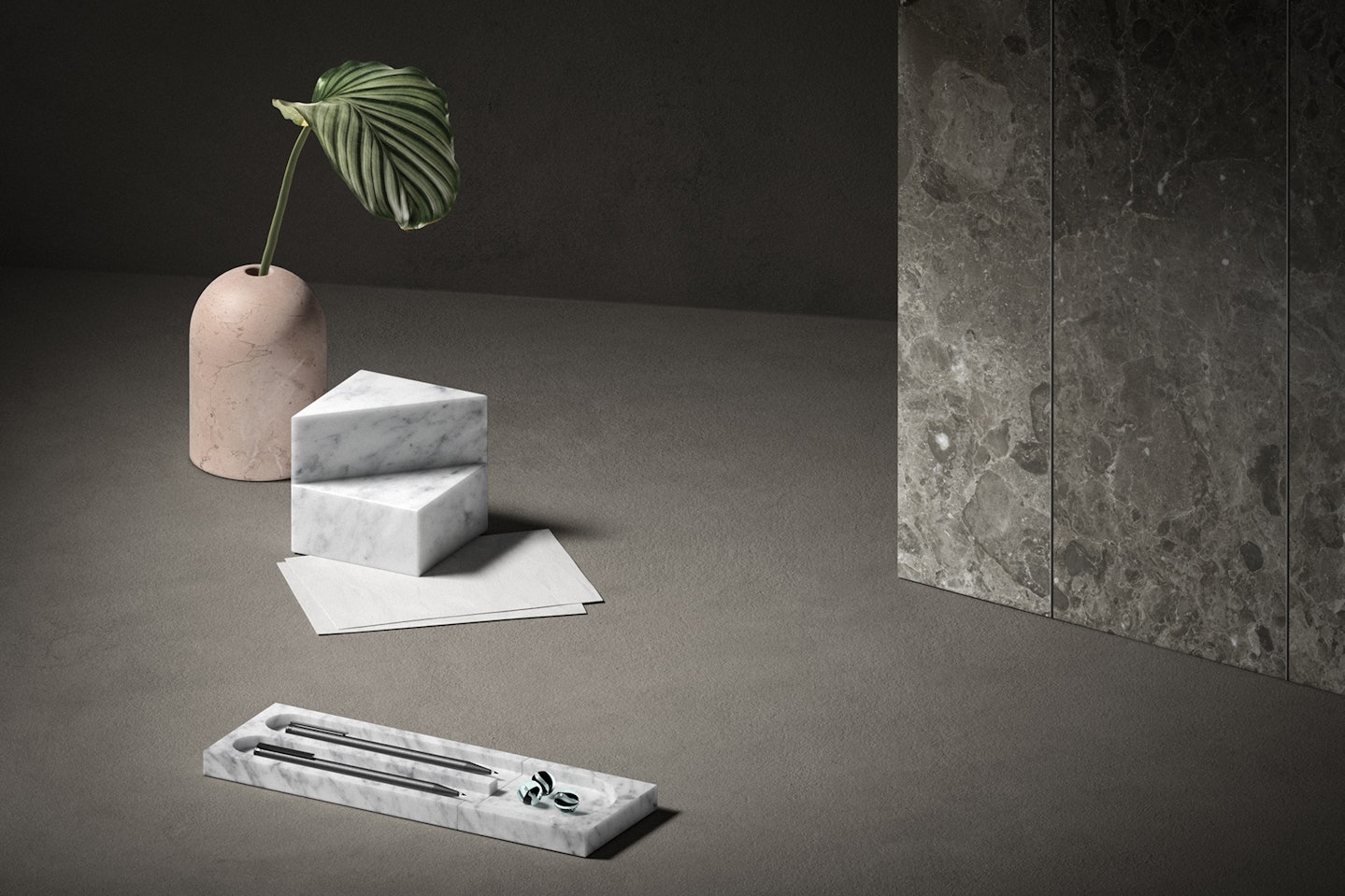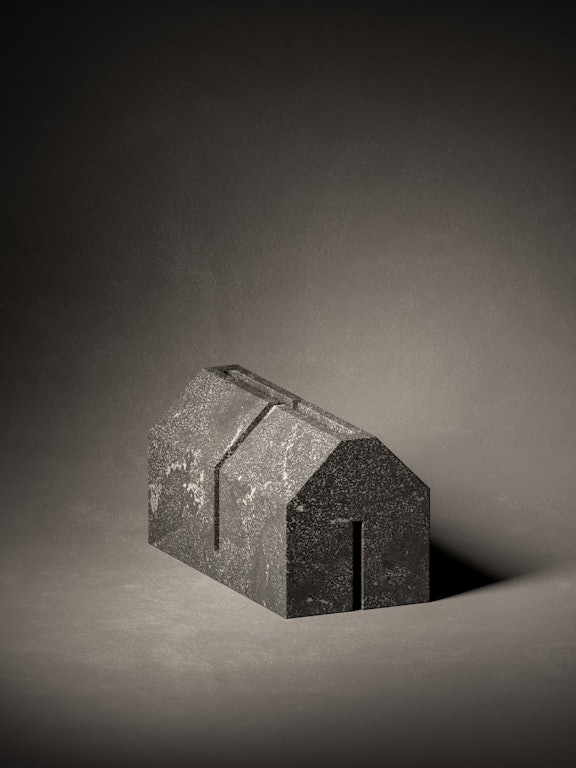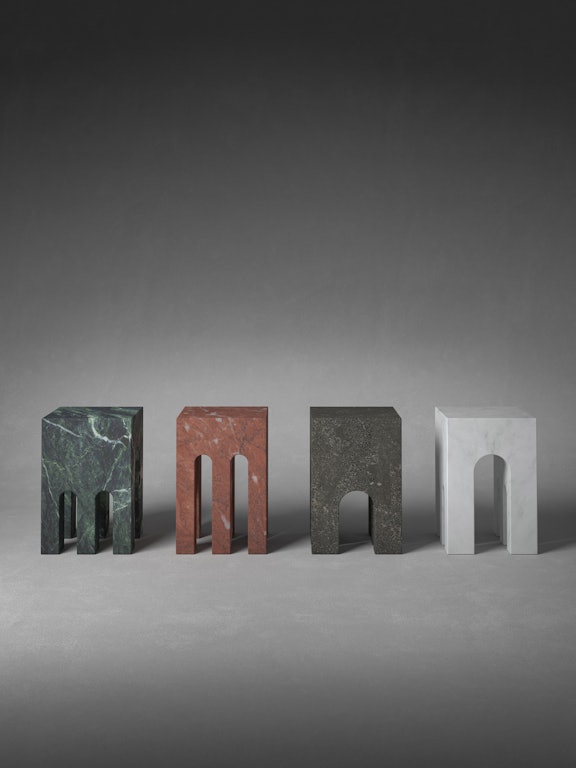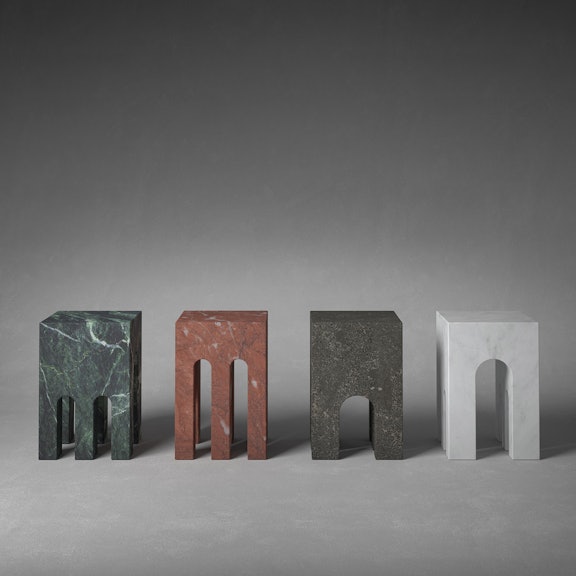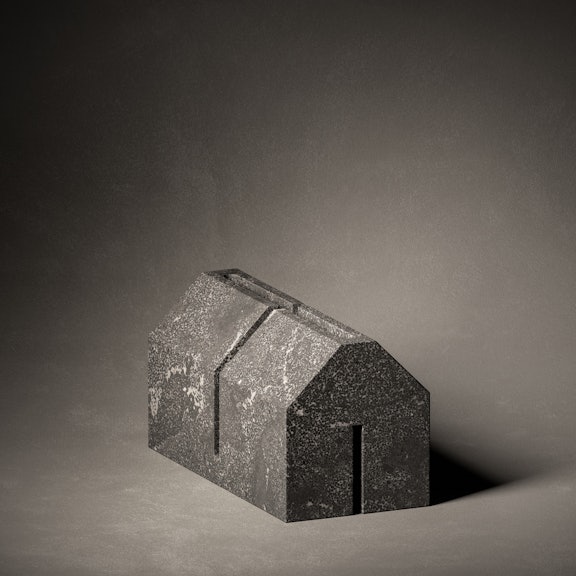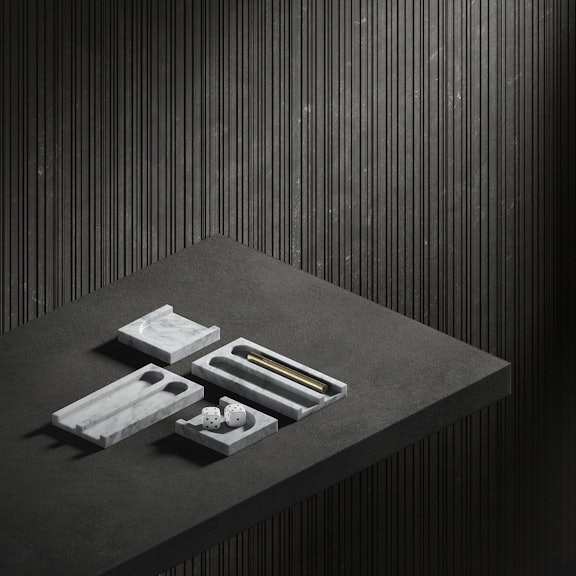Spotlight on rationalism and minimalism in design
04.2022
Discover how rationalism and minimalism inspire our designers
The influence of rationalism and minimalism upon contemporary design
Many of those who know our brand are aware that our designers take inspiration for the products they develop for us from a range of sources, some of them highly personal, some of them borrowed from history. Today we wanted to talk about two past trends that have perhaps, more than any, inspired the wonderful work of some of the renowned interior designers we are fortunate to work with, putting the spotlight on minimalism and rationalism. Of course, they are not the only artistic movements that influence our design style, but they certainly play a significant role.
In this article we will take a look at each in turn, but before that, let’s go back a few more years to the origins of the history of design in general.
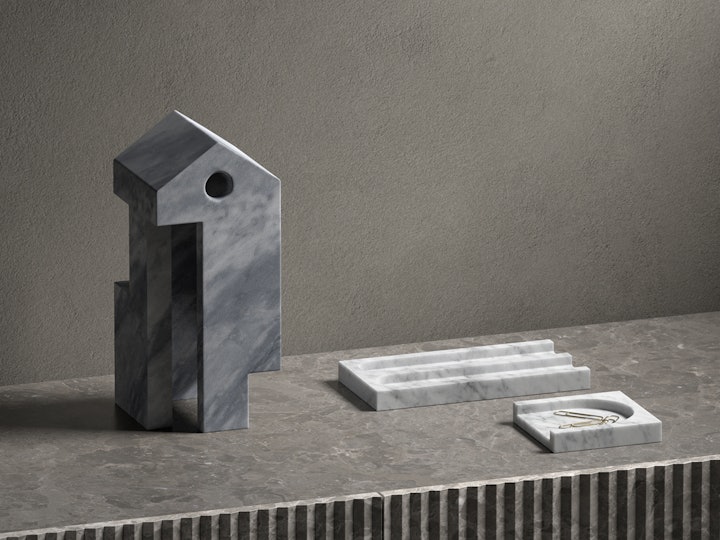
A quick introduction to the history of design
The history of design is packed with important artistic movements, but this should come as no surprise given that design has been a constant in the story of mankind since the dawn of time. From prehistoric times man has been searching for or creating objects to facilitate daily life, although it was not until 1951 during the world’s first Great Exhibition at London’s Crystal Palace that the term “design” was coined in the context we know it today. This event marked the historic moment when interior designers began to be talked about as individuals or professionals who were able to bring the right level of functionality to objects. The ensuing years saw the emergence of a number of different movements, leading us to the two we are focusing on today: rationalism and minimalism.
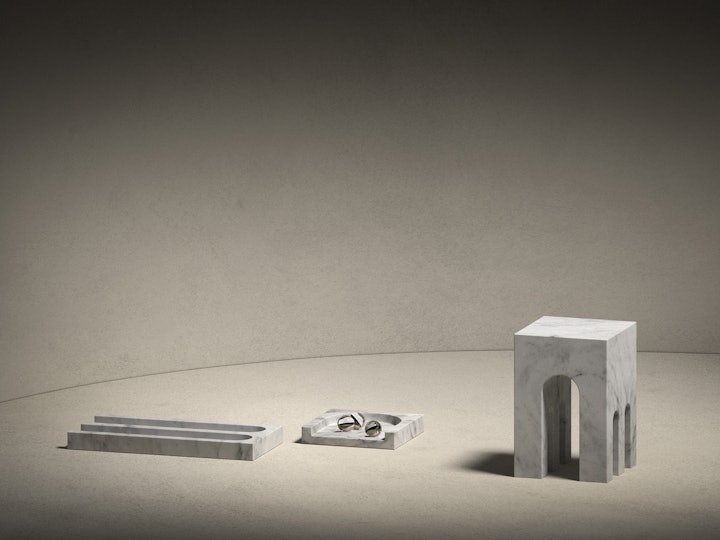
What is rationalism?
Founded in Germany in 1920 and quickly spreading throughout Europe, the guiding principle of rationalism is that form follows function. With its simple volumes and shar, straight lines, the rationalist movement was in stark contrast to the elaborate and ornate Liberty and Art Noveau styles in vogue at the time. As the name itself suggests, the style is functional and pared-back, following the principles of functionalism and rooted in ancient Roman architecture, the Renaissance and illuminism. As part of the modern movement, based on a desire for simplicity, unity and rationality, an offshoot known as Italian rationalism developed and became prevalent throughout Italy.
Arguably two of the most famous schools of design, which still prevail today, were created on the wings of rationalism and they are Walter Gropius’s Bauhaus and that of the Swiss maestro Le Corbusier. Their works inspired many renowned designers of our times, including Rodolfo Dordoni, but more on his recent work in a moment.
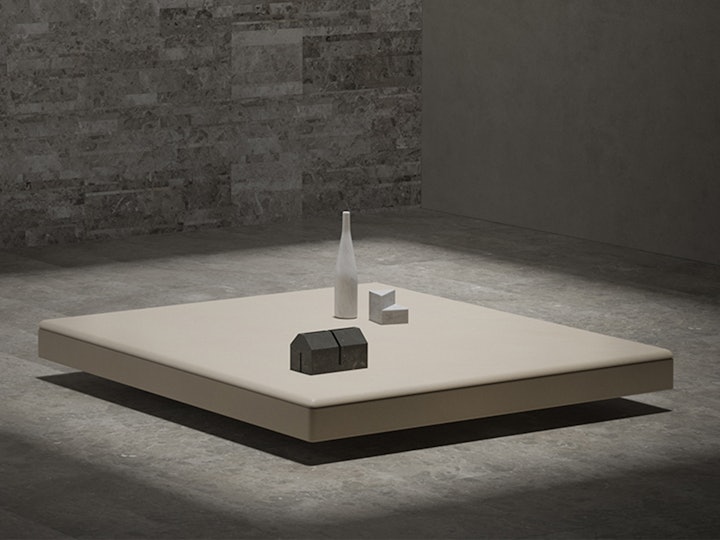
What is minimalism?
The other key influence that has proven a rich source of inspiration for our designers is minimalism, a style that was born out of the artistic philosophy of the Sixties which espoused a balanced, streamline approach. Applied to architecture and design alike, minimalism is based on the single idea of eliminating the superfluous and leaving only what is essential. Geometric bases, modular structures and neutral colour palettes are the principal characteristics of minimalist décor, with the catchcry being “take away, take away and take away more”. In other words, less is more.
Minimalism means avoiding fripperies and frills and, at times, even decorations, to the space itself breathe.
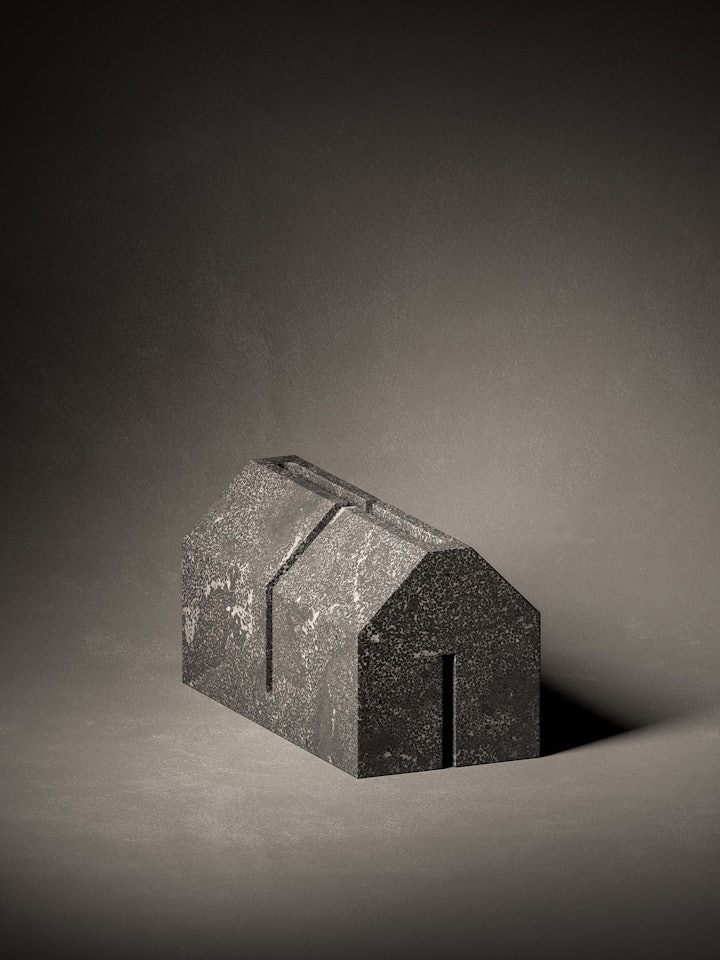
Two contemporary examples: Novecento and House of Stone
As mentioned above, minimalism and rationalism are key influences in our own design approach and those of the artists and architects with whom we collaborate and it takes just a quick glance at our home collection to see that understated, geometric lines are a recurring theme.
Of all the products in our range of home accessories, however, perhaps two stand out more than any others as embodying rationalist and minimalist style. These are Novecento and House of Stone.
Designed by Rodolfo Dordoni, Novecento comprises a pair of pen holders and a series of four miniature pieces of architecture which he designed as part of The Village project. All six products are faithful examples of rationalism, brought to life in natural stone.
Representing minimalism, we have another piece belonging to The Village in the form of House of Stone, designed by one of the fathers of modern architecture, John Pawson. Our design adventures together go back over a decade to 2010 when we created the full-size House of Stone installation together for Milan Design Week. This miniature version reproduces the stunning design and is carved from a single piece of Pietra d’Avola, a rich brown limestone. Our Tuscan craftsmen remove all excess stone until what remains is an exquisite example of the beauty of stripping away the superfluous to leave only the essential.
As a brand, we owe much to the schools of minimalism and rationalism, both of which are centred around a functional, pared-back approach. We work with natural stone, an incredible raw material which has no need of elaborate twists and frills. Our goal is simply to bring out its intrinsic and unique beauty. If you are a fan of understated, elegant design, why not get browse our website or get in touch. We will be delighted to help you find the perfect products or décor solutions for your home.
